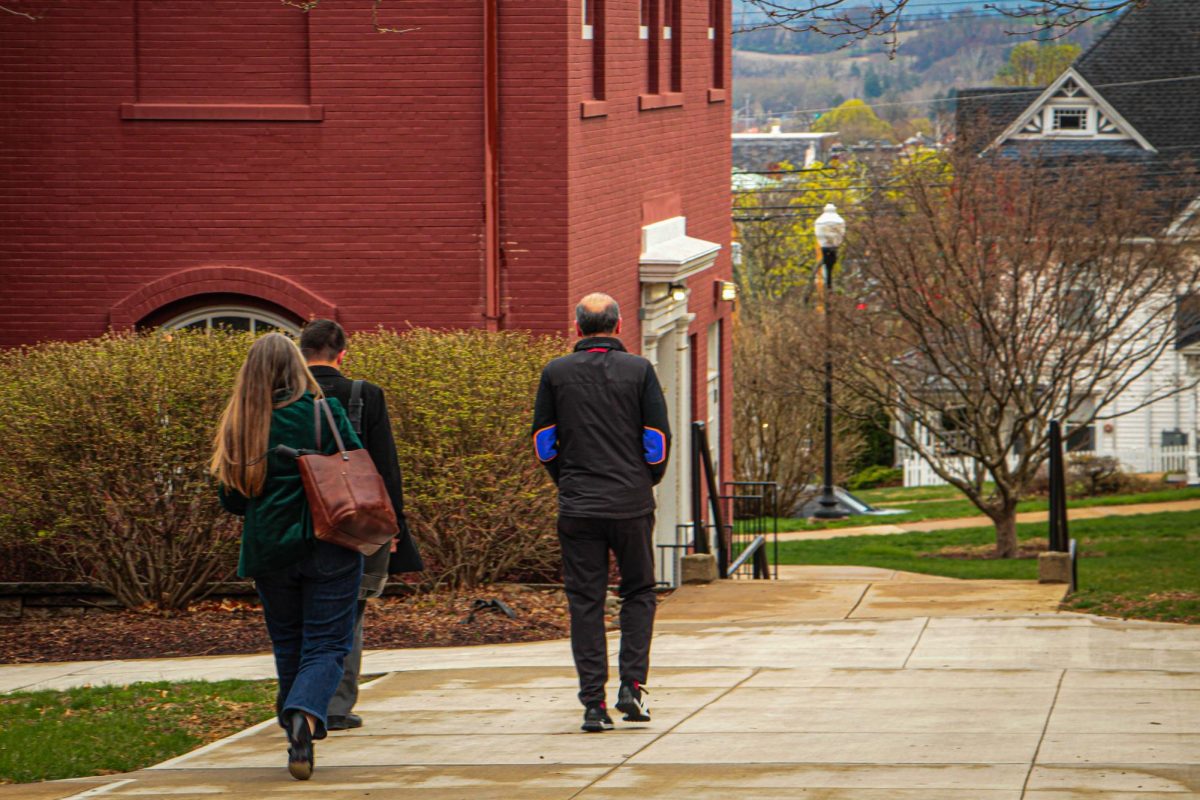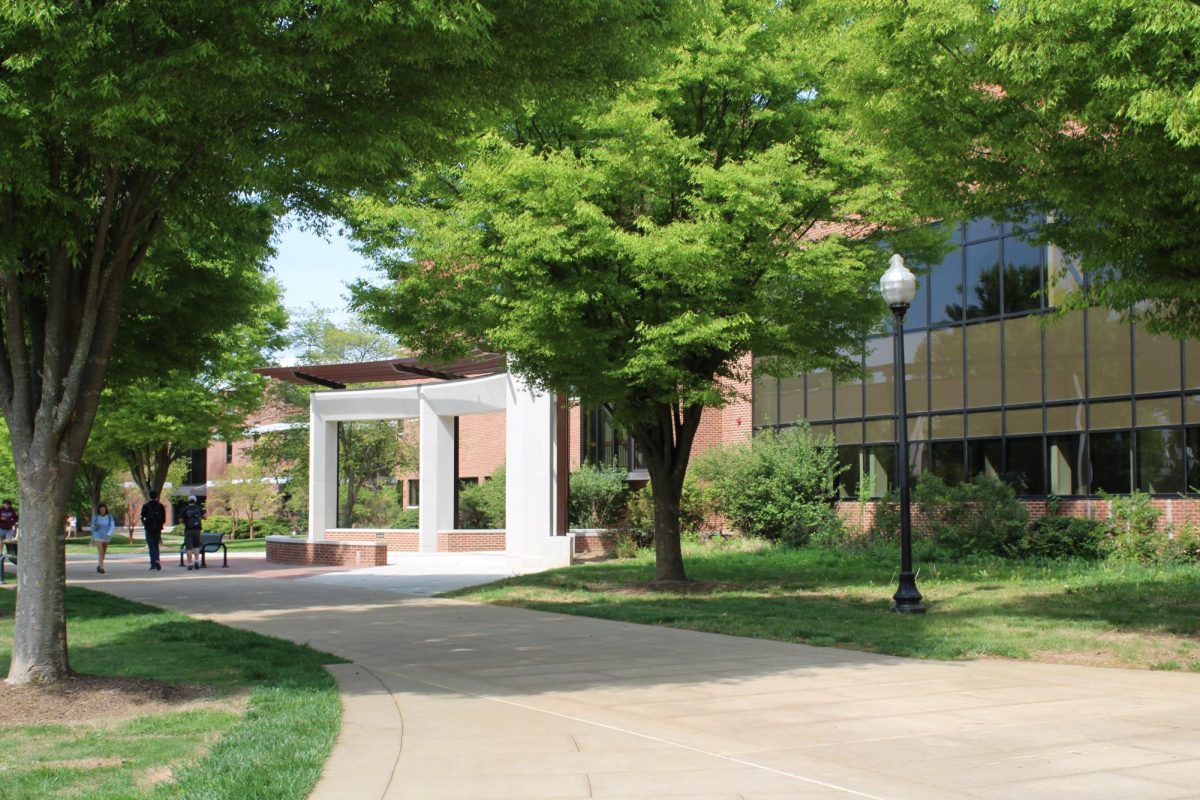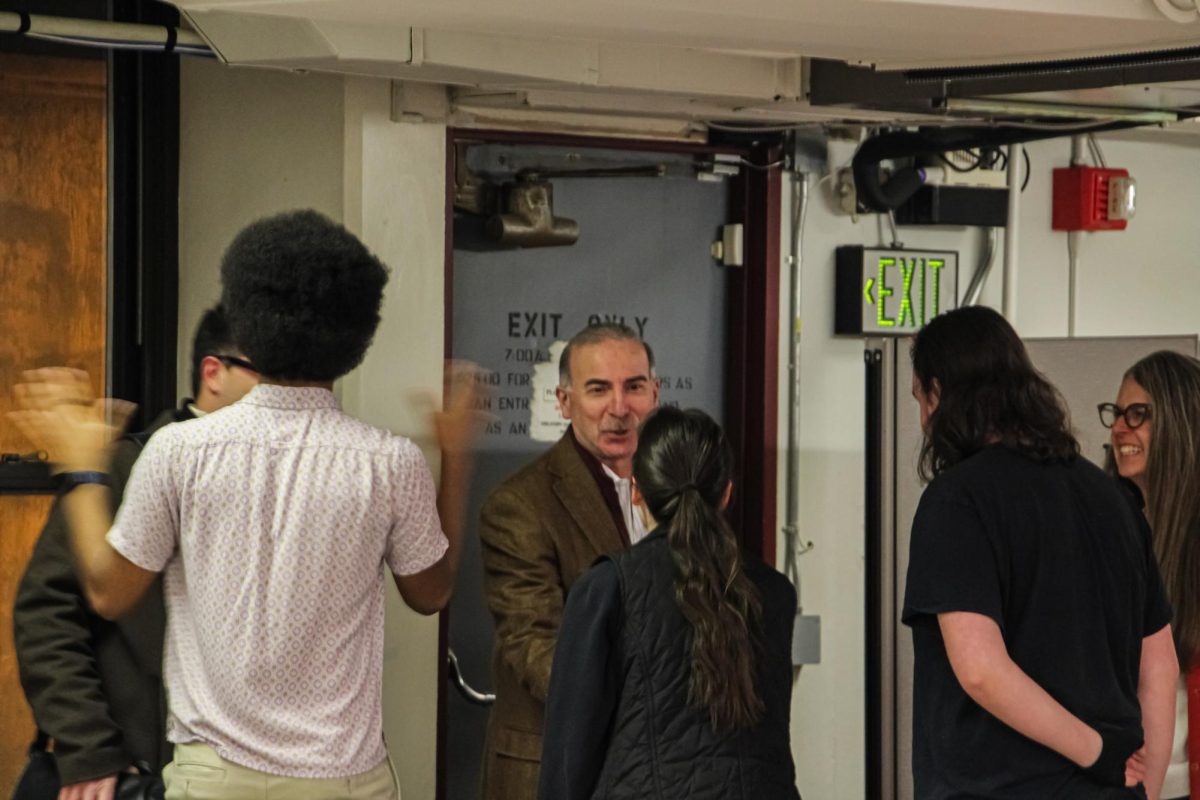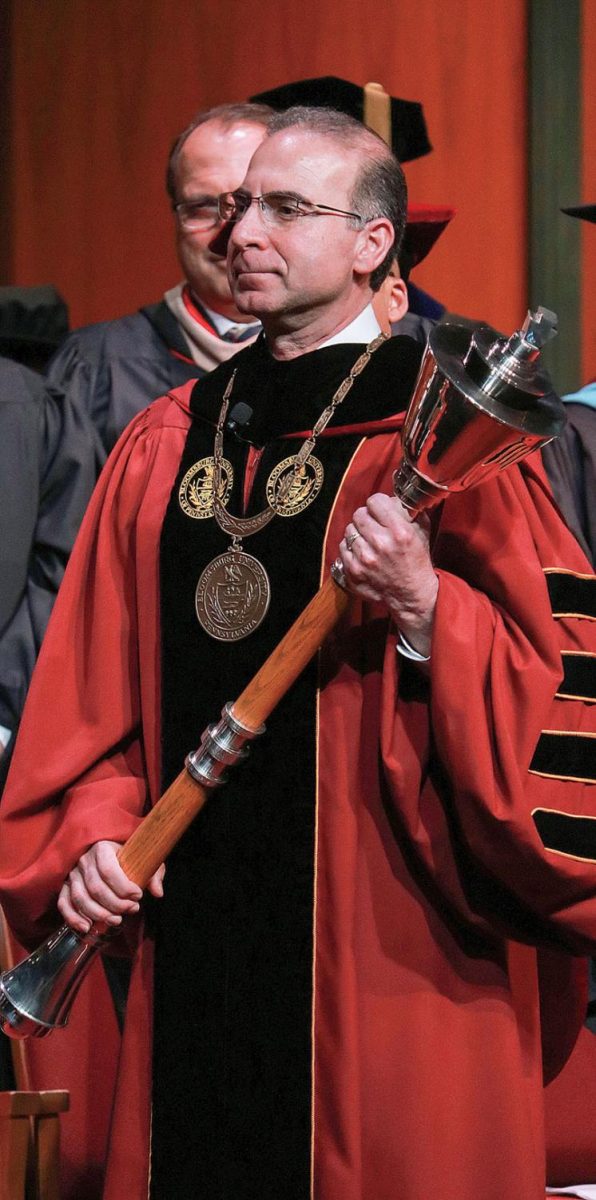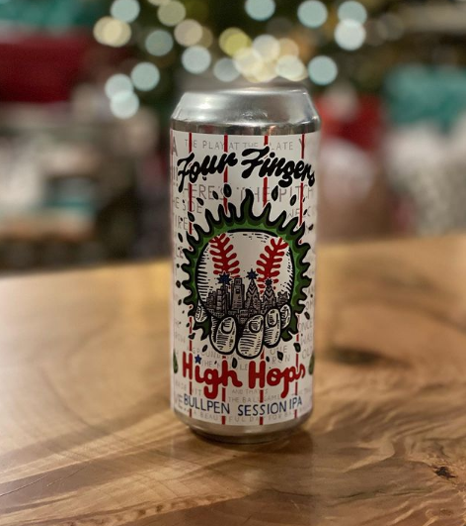Assistant Biology Professor Dr. Lauri Green and graduate student Victoria Roper have begun a research project to study tree swallows (Tachycineta bicolor) in the local area.
Dr. Green, a marine ecologist, says that tree swallows are model species because they are easy to study and an indicator of how well other species and the environment are doing. This spring, the tree swallows will be returning from their southern migration; most will arrive near the end of April, but the males can return earlier in February.
Dr. Green’s Bloomsburg site is located on a small, local farm owned by Ned and Nancy Lurowist, a little over five miles from the university. At this location, Dr. Green and her assistants have set up 30 nesting boxes. Additionally, they have 32 nest boxes at a site in Liberty Township and 20 boxes in Danville. An additional 20-30 nest boxes will be placed at a fourth site before the end of January.
Sites were picked based on the proximity to wetlands, suitability to birds, and property owner cooperation. Dr. Green and Roper put nest boxes in wetlands because tree swallows reproduce and hunt for flying insects that live in ponds.
Wetlands have been in decline for hundreds of years due to human interference. Approximately 50-90 percent of wetlands have been lost since the 1970’s due to farming, urbanization and flood control. Climate change is making things worse because of drought, flooding, and changes in biology in organisms.
Green and Roper used restored, artificial and natural wetlands for this research project, using a concept from Cornell University’s programs of study. (Dr. David Winkler from Cornell has been studying tree swallows for about 30 years and has a network of biologists ranging from Northern Canada to Argentina).
Roper’s father helped construct the boxes used, and undergraduates Brooke Ritter and Ashley Brent, both Medical Imaging majors who met Dr. Green in her Biology 114 course, helped paint and set them up.
Dr. Green and Roper will also utilize wigwag traps, which are rectangular pieces of wood attached to a string that can be pulled shut to keep birds inside the box. These will be installed on the nest boxes so the birds can be captured, weighed and banded. The bands allow them to track what birds visit their sites.
They will also collect data on egg numbers, number of hatchlings, environmental quality, foraging behaviors, water quality, and insect abundance. Five or more trap cameras will be deployed at each site so that videos can be collected of the birds.
This project took hundreds of preparation hours, with 10-12 hours being worked each day. Participants endured long and cold work days to help paint, put traps on the nesting boxes, install wigwag traps and deploy boxes in the field.
The tree swallow research will be utilized to teach students in the Animal Behavior (BIOLOGY 461/561) course that will be taught again in 2020 after a ten-year absence.
Dr. Green will teach students about animal behavior during the lab period at the swallow sites for this course. The results from this research project will also be used to teach students in class.
This project is still open to any interested volunteers, regardless of their majors. Interested individuals can contact Dr. Green at [email protected].

